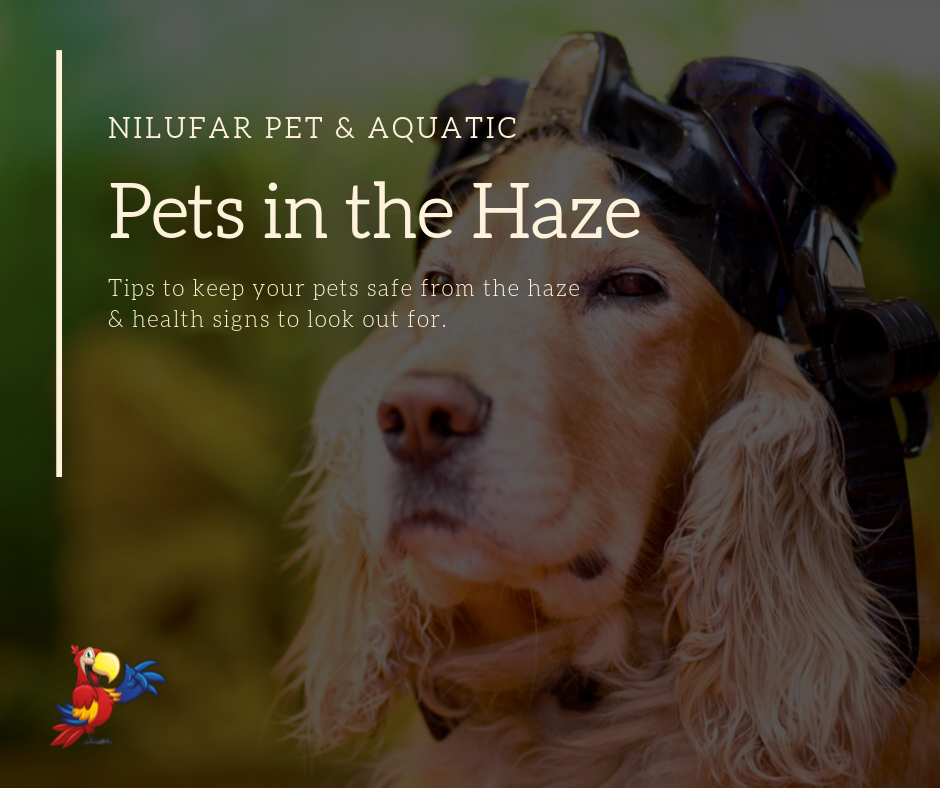Haze isn’t fun for anyone. When haze occurs, we have to take extra precautions to avoid health problems like respiratory conditions and eye problems. And haze does not only affect us, it affects our pets too!
Here are some tips on how to prevent your pets from developing health conditions due to the haze, and what signs you need to look out for.
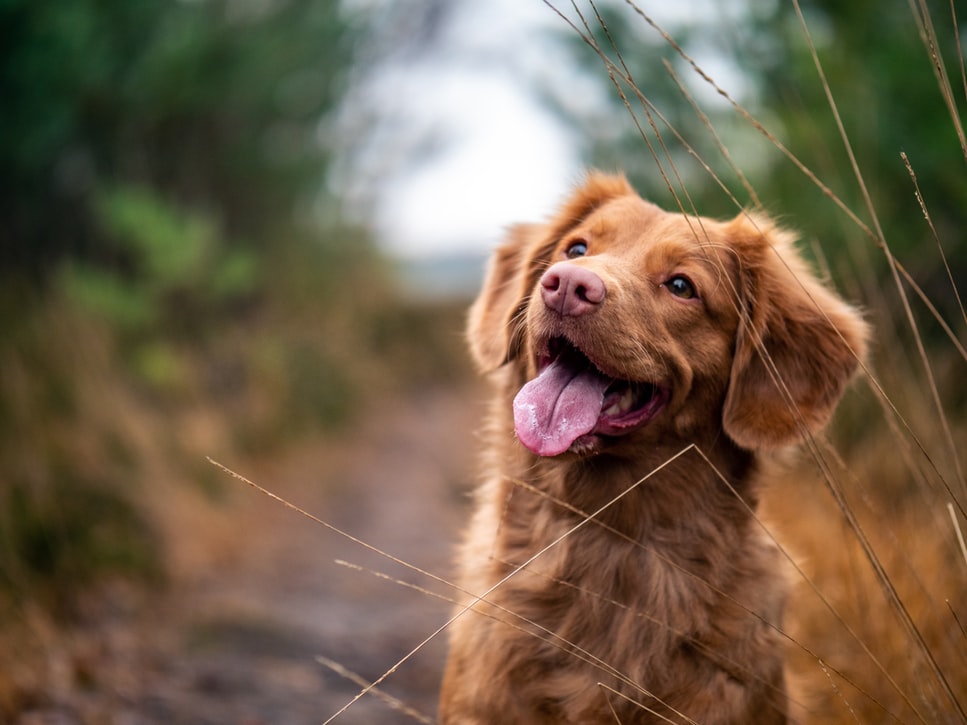
A walk in the park is not “a walk in the park” now.
Are my pets in danger due to the haze?
Some pets are more susceptible to the dangers of haze. While some pets are hardier than others, we’d advise taking safety measures for any and ALL kinds of pets. Here we list pets who may be more vulnerable to the hazards of haze:
- Dogs and cats – especially ones with flat faces and short noses (eg. Flat-faced Persians, Bulldogs).
- Young pets (less than a year) and old pets (more than 7 years old).
- Pets pre-diagnosed with lung and heart diseases (eg. asthma).
- Pets with known eye conditions.
- Small animals with small lung capacity (eg rabbits, hamsters, etc)
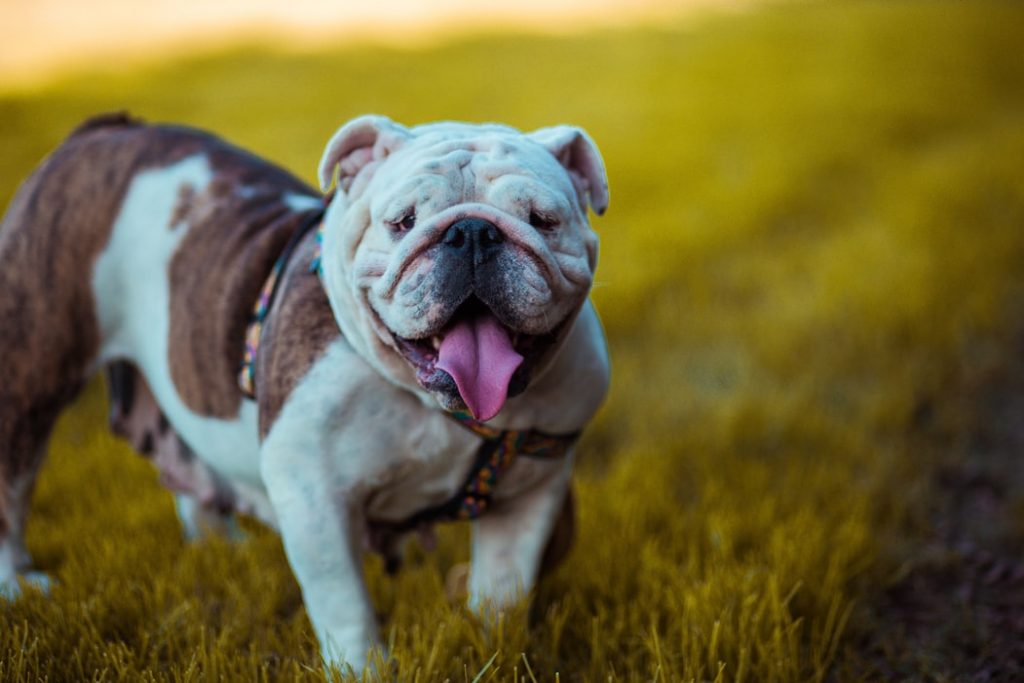
Pets with short noses and flat faces are more susceptible to the hazards of haze.
How do I keep my pets safe during the haze?
- Keep your pets indoors, and close the windows. If your pets are outside or on the balcony, bring them in.
- Do not go out for prolonged hours. Only go outside for short periods (eg. bathroom breaks, short walks) and avoid walks at all if the PSI reaches 200.
- Do not put masks on your pets! They need to dispel heat from their body and putting obstructions on their breathing may cause overheating.
- Wipe pet bodies with pet wipes after walks to remove pollutants stuck on the fur.
- Increase air quality by using air filters, air conditioners, fans and air purifiers.
- Increase air moisture level by using air humidifiers and tubs of water.
- Keep your buddies well-hydrated. Use pet fountains to filter water and encourage them to drink more. Monitor their water feeders frequently, especially if you use water bowls.
- Use pet eye drops/artificial tears to flush out pollutants from their eyes.
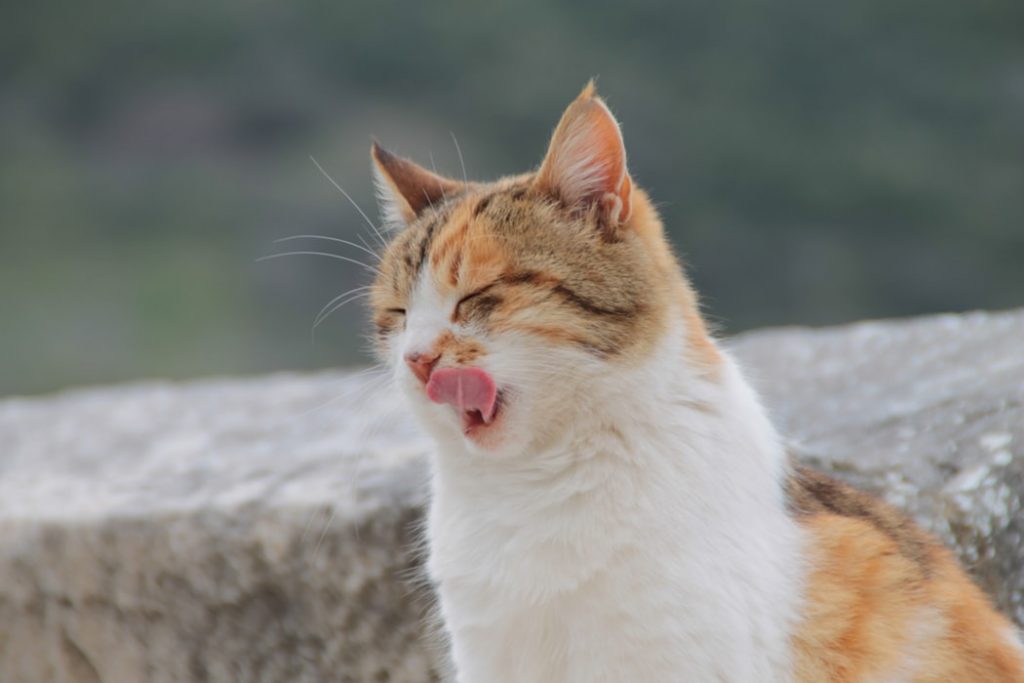
Make sure your pets drink enough clean water during this hazy period.
What signs do I look out for?
If you observe any of these symptoms in your pets, bring them to the vet as soon as possible.
- Breathing difficulties, such as rapid and abnormal open-mouthed breathing (especially in cats).
- Unusual coughing and sneezing.
- Increased salivation.
- Red eyes, excessive tearing and eye discharge.
- Excessive nasal discharge.
- Inflamed or swollen mouth, skin and nose.
- Vomiting and loss of appetite.
- Weakness, lethargy – including loss of body coordination.
- Gums turning pale.
This list is not exclusive, and you know your pets best. If you think your pet is behaving strangely and if you think it is related to their health, an immediate visit to the vet is highly advised.
We hope with this article, you can help your pets stay healthy during this shady time!
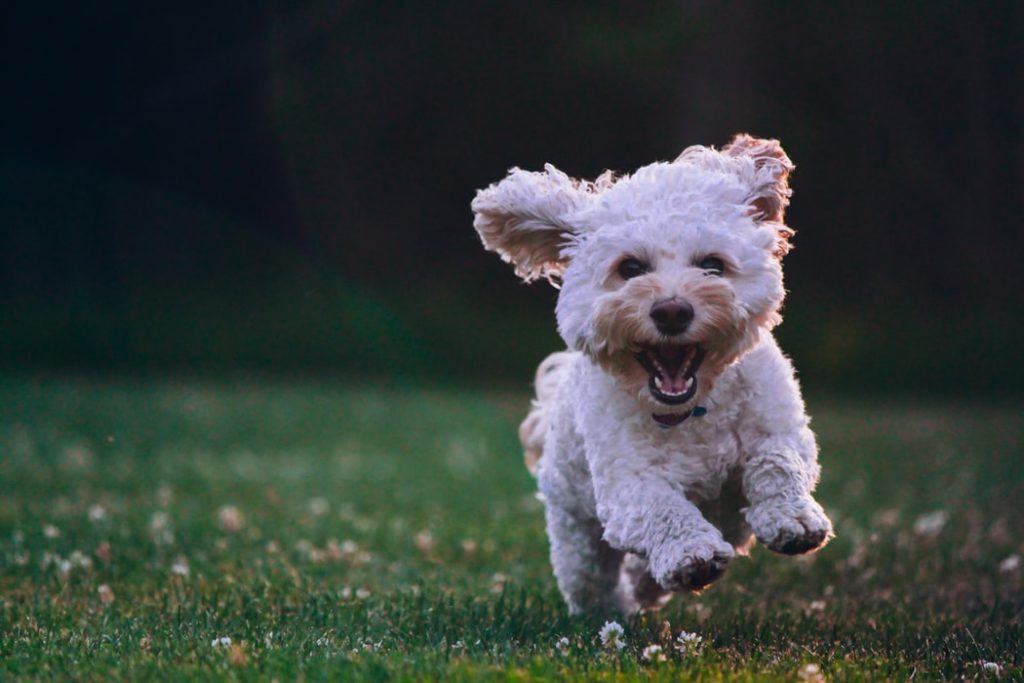
Shady times don’t call for shady measures! Stay healthy!

